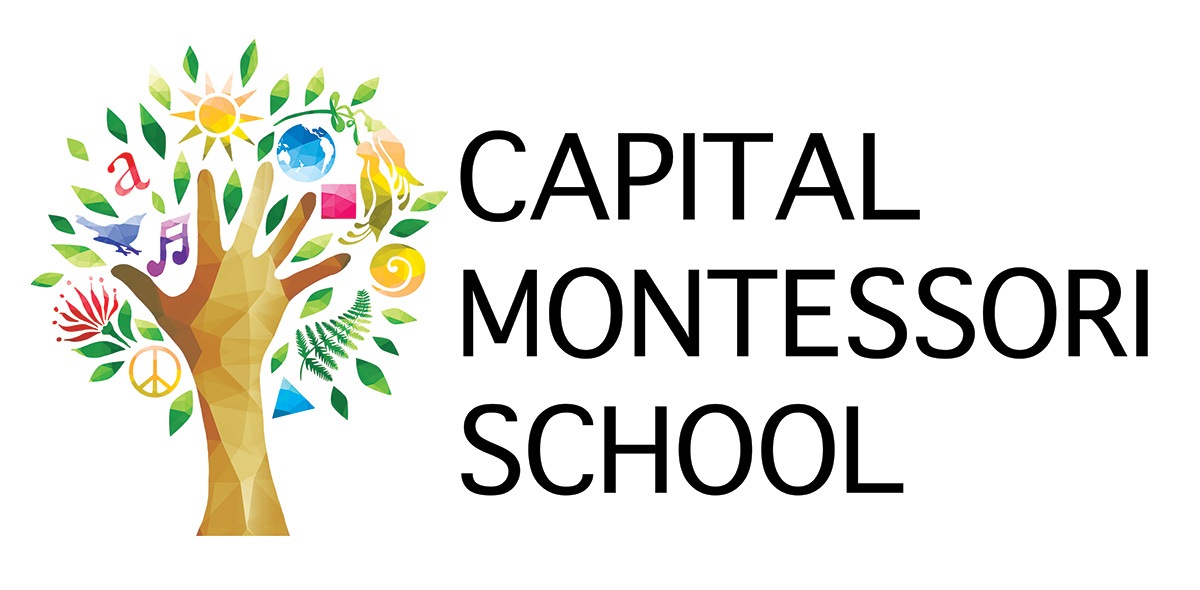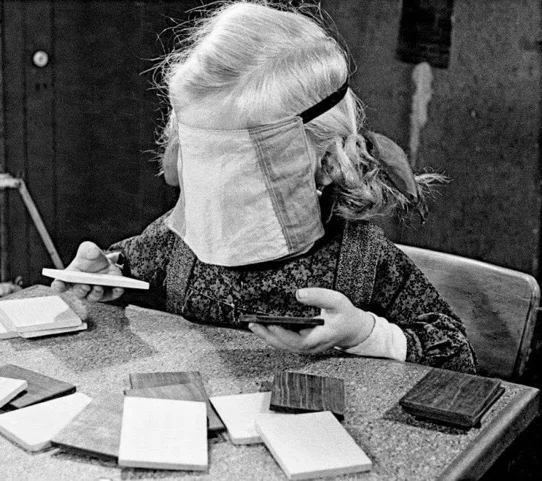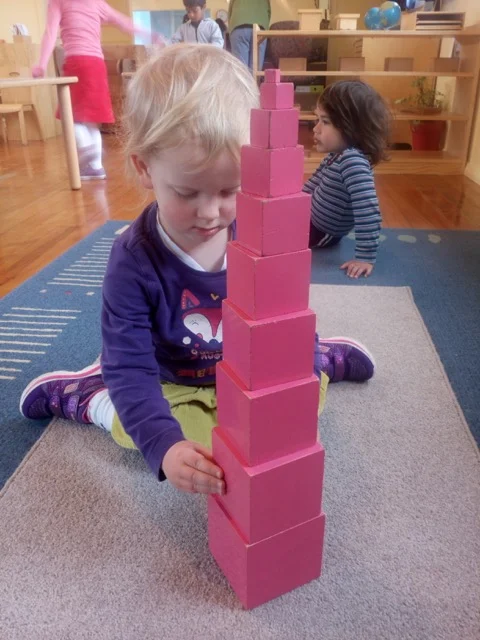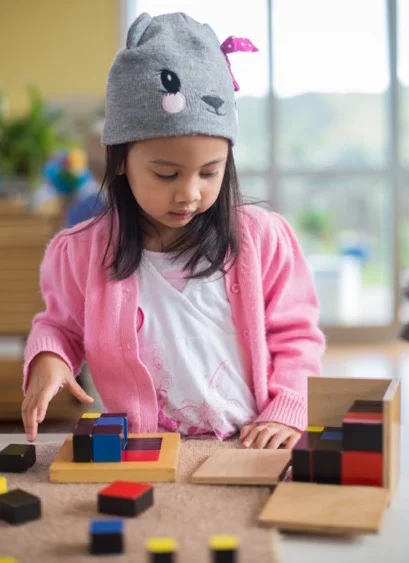Sensory Education in the Montessori Classroom
Dr Maria Montessori believed that our intellect and knowledge of the world have their beginnings in the senses. As human beings we are all sensorial – absorbing our knowledge about the world through seeing, hearing, touching, smelling and tasting what’s around us. Through our senses we collect necessary information and stimulate our development and creativity.
"The senses, being explorers of the world, open the way to knowledge. Our apparatus for educating the senses offers the child a key to guide his explorations of the world, they cast a light upon it which makes visible to him more things in greater detail than he could see in the dark, or uneducated state."
Maria Montessori: The Absorbent Mind, chapter 17, p 167.
However, the sensory perception of an adult is different than the sensory perception of a child. In their purest of forms, children have special sensitivity to absorb information through their senses, categorise it and create mental order and orientation of the things in their environment.
THE DEVELOPMENT OF SENSORY LEARNING
Maria Montessori was not the first educator to understand the importance of senses in the development of children. She was influenced by the work of Edouard Seguin, a French physician and educator, who specialised in working with mentally deficient children and had developed a series of exercises that helped to train the children's senses and to teach them practical life skills.
Rousseau and Pestalozzi, in their respective works, also emphasized the importance of the development of the senses in education. Robert Baden Powell, the founder of the Scouting movement and a contemporary of Montessori, said that children needed to have experience with things and touch them in order to learn. This was a foundation of his theory of ‘learning through doing’. He said:
‘Dr Montessori has proved that by encouraging a child in its natural desires, instead of instructing it in what you think it ought to do, you can educate it on a far more solid and far-reaching basis. It is only tradition and custom that ordains that education should be a labour. ‘
Maria Montessori started her career with children that were deprived of sensory stimulation and very early on observed what influence on their development could be exercised when such stimulation was provided. This research is ongoing and if you are interested, Dr. John Prescott writes extensively about the importance of sensory input on the development of the human brain.
Based on these observations and on the apparatus designed by others (Seguin), Montessori began to develop her own set of materials that she called the ‘Sensory Education’.
SENSORIAL MATERIALS IN THE CLASSROOM
Montessori observed that the human tendencies – like the need for order, exactness, self-correction and reflection – were the attributes needed for children to develop in a real and natural way. She worked to extend the child’s interest with a collection of materials that would let the child satisfy those needs, and she developed attractive and enticing materials for each of the senses, which she admitted was ‘not easy’. She worked to isolate certain qualities in the materials - colour, size, shape etc - to help the child refine the sense they were working with by grading each set from extreme different to similar experiences.
So what do Sensorial materials do for my child?
1. Help them to classify and categorise sensory data in their surroundings – to sort information and put it in context, as well as identify the relationships between things.
2. Refine their sensory perception by teaching them to look for and perceive minute differences and make fine discriminations, challenging their sensory organs to work to their full capacity.
3. Lead to the creation of abstractions by introducing concrete information about the world and naming it, which builds touchstones for the child to retrieve when they come across unknown information. For example…
If you did not know what an Okapi looked like, you could imagine it if I asked you to combine the body of a Zebra with the head of a Giraffe. But you need to have a touchstone - to know the parts of the body and what a Zebra and Giraffe look like. You need a wealth of real information stored in your memory to draw on before you are able to create new, abstract images in your mind. These touchstones are key to opening up aspects of the world. In Montessori we call them 'keys to the world'.
4. Develop an accurate recall of information that is also discriminating details – memory that the child can operate through language – “I know what yellow is” and I can bring it to my mind any time you ask me to.
5. Build a lifelong tendency towards exactness and precision – to think critically (Montessori children are great at that), analyse and reason. It is one of the tendencies of humans to be exact and precise, due to our mathematical and analysing mind.
WHAT WILL I FIND IN THE SENSORIAL AREA OF THE CLASSROOM?
Visual Area – materials here exercise the child’s knowledge about...
- Dimension: Pink Tower, Brown Stairs, Red Rods and Knobbed Cylinder Blocks
- Form: Geometry Cabinet, Leaf Cabinet
- Colour: Colour Boxes 1, 2, 3 (chromatic discrimination).
Tactile Area – materials here exercise the child’s knowledge about…
- Texture: Rough and Smooth Boards, Touch Tablets, Fabric Boxes
- Thermic: Thermic Bottles, Thermic Tablets
- Baric: Baric Tablets.
Stereognostic Area – materials here exercise the child’s knowledge about…
- Geometric Solids, Mystery Bag, Sorting Trays.
Auditory Area – materials here exercise the child’s knowledge about…
- Volume: Sound Boxes
- Pitch: Bells
- Timbre: General music in the classroom, different types of voices.
Gustatory Area – materials here exercise the child’s knowledge about…
- Taste: Tasting Bottles: SALTY, SWEET, BITTER, SOUR, UMAMI (savoury).
Olfactory Area – materials here exercise the child’s knowledge about…
- Smell: Smelling Jars.
Mixed Impressions Area – where more than one quality is combined in an activity. They will have qualities like colour and shape combined to challenge the child to refine their senses even further and challenge discrimination skills:
- Binomial Cube
- Trinomial Cube
- Constructive Triangles
- Superimposed Geometric Figures
- Decanomial Square
- Knobless Cylinders.
Cultural Extensions – introducing sensorial impressions from the areas of botany, zoology and geography.
- Leaf Cabinet
- Puzzle Maps
- Sandpaper Globe and Coloured Globe
- Land and Water Forms
- Flags
- Cultural Folders
- Art Folders
- Roman Arch.









